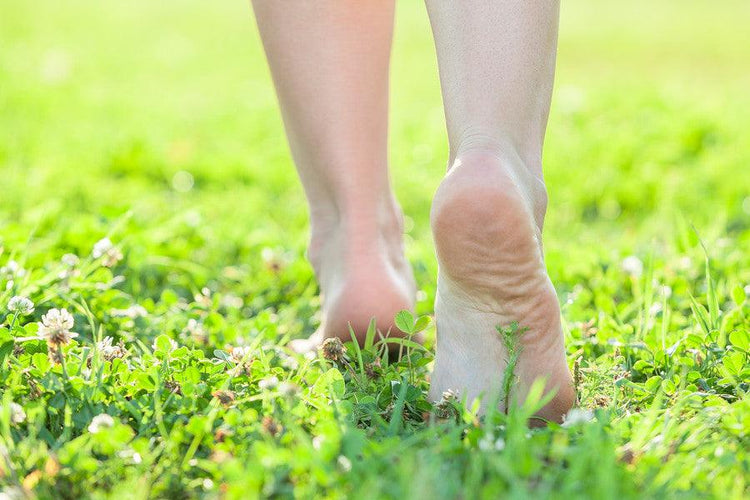Foot problems can be a real pain—and not just physically. Needing to be off one or both feet for any length of time can disrupt your routine.
A bunion is no exception. This painful bump near the big toe can make walking and other activities laborious and uncomfortable.
Thankfully, the recovery process for bunion surgery is fairly quick and simple. But it does require some time off your feet for some cases.
If you’re preparing for bunion surgery, or believe you have bunions, take some time to look at how bunions occur and what to expect after surgery.
The Basics of Bunions
On the outside, bunions look like a big red lump, near the ball of the foot and off the big toe. With more advanced cases, the big toe may look like it leans or squishes the other toes.
On the inside, though, the deformity affects the foot’s skeleton. The metatarsal phalangeal joint of the big toe points outward, pushing the toe inward towards the rest of the toes.
The exact cause of this painful deformity is unknown, but many contributing factors exist.
- Bunions can be generational. Some younger people seem predisposed to these foot abnormalities shared with older family members.
- Bunions may also arise from trauma and injuries to the foot. Dancers, such as ballerinas in point shoes, place extra stress on their feet.
- Bunions might relate to shoes as well. Footwear with a narrow toe, as well as tight, high, or ill-fitting shoes can make bunions worse. They can push the big toe further inwards or restrict natural movements.
Possible Complications
For many people, bunions feel like a nuisance and a discomfort. For others, bunions can cause searing aching pain. In more rare severe cases, they can even push the big toe underneath the other toes, making most closed toed shoes near unbearable.
Bunions may also aggravate arthritis, and the conditions often occur together. As the abnormal angle of the toe worsens, soreness and stiffness may increase.
If left untreated, bunions can trigger bursitis flare-ups, or pain in the padding around the toe joint. Similarly, it can also contribute to metatarsalgia, or inflammation and pain in the ball of your foot.
Because of these complications, many doctors often recommend surgery to correct moderate to severe bunion cases.
Preparing for the Surgery
For a simpler case, an orthopedic surgeon will open the foot, remove the bunion, and align those bones properly. If your case is severe, you may need metal plates or pins to provide strength and support.
Facing Foot Recovery
Although surgery sounds serious, the procedure often results in rapid recovery. However, you will need to be off your feet as much as possible for several days to a few weeks to give your feet time to heal.
The first 3–5 days are the most crucial for resting your foot (or feet). Ice and elevate your foot to minimize swelling, and rest as much as possible.
For a few weeks after, you might need to walk carefully and with an aid like crutches, a cane, or a knee walker. These devices allow you to move around smoothly and quickly without putting weight on your recovering foot.
While you’ll resume normal activities in a week or so, you’ll probably walk with a special shoe or boot for a little while to protect it from accidental injury.
Don't Wait to Seek Treatment
If you suffer from severe bunion pain, talk with your doctor about surgery. And remember, proper care equals a speedy recovery. The sooner you seek treatment, the sooner you’ll be back to daily life with less pain and greater freedom of movement.

